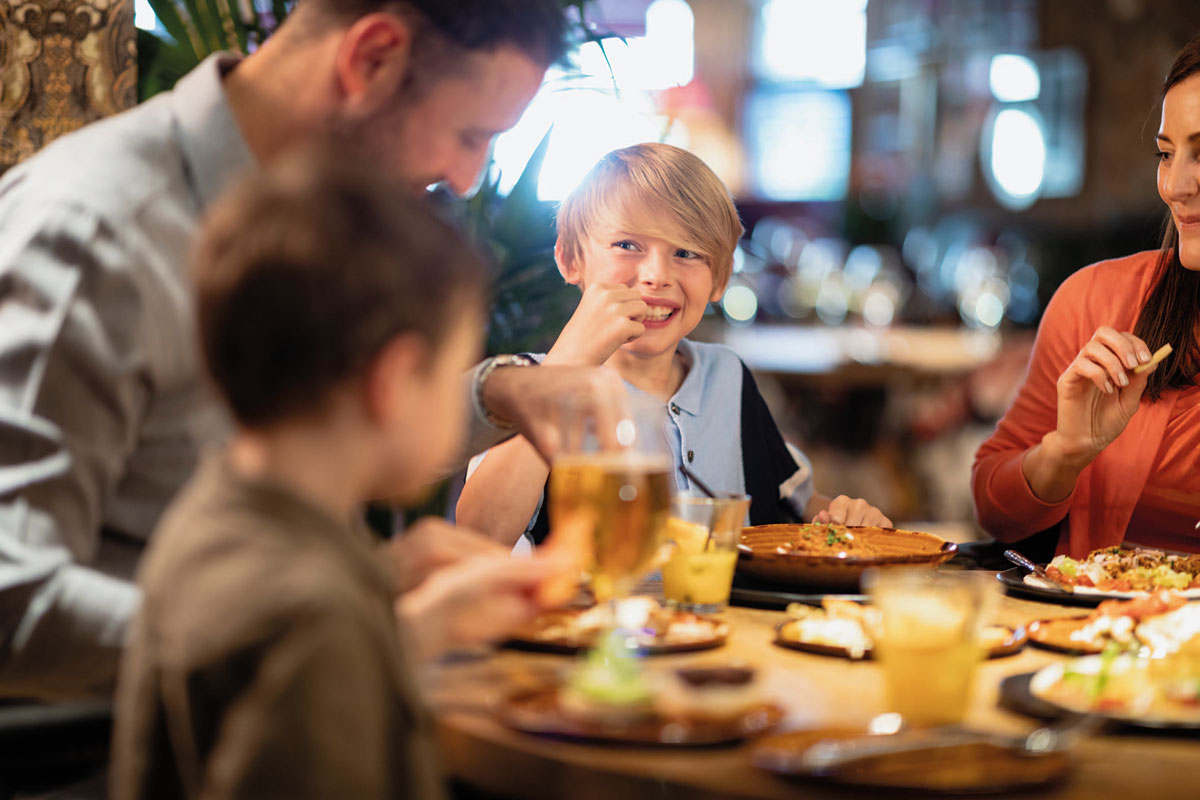
Current rules aren’t perfect but still a marked improvement
A DOG’S dinner: poorly understood, in parts incomprehensible and totally out of date.
That pretty much captures the consensus view on the law governing under 18s access to licensed premises under the ‘old’ law.
The Licensing (Scotland) Act 1976 contained provisions which were simply bizarre. For example, children under the age of 14 were banned from being present in a ‘bar’ unless a children’s certificate was in force. But those aged 14 and over could be in a bar unaccompanied by a responsible adult; and they could consume alcohol anywhere in licensed premises.
Children’s certificates were an attempt to recognise that many pubs had expanded their offer by providing food.
Where a certificate was in place, a child under 14 could take a meal in a bar, but was required to vacate the area no later than 8pm.
In many parts of the country there was very little uptake. Licensing boards were empowered to attach conditions – and they ranged from absurd to wholly disproportionate.
One board stipulated that where the certificated area was part of a public bar small children should not be subjected to “offensive language”.
It was common to demand an environment so sanitary that it ought to have been possible to perform open-heart surgery on the toilet floor, with precautions well beyond what one might expect to find in a well-regulated household.
The Licensing (Scotland) Act 2005 introduced radical changes.
An applicant for a premises licence intending to admit children and young persons is required to set out: (a) the terms upon which they will be allowed entry; (b) their ages; (c) the times when entry will be allowed; and (d) the parts of the premises they will be allowed to access.
A “child” is a person under 16; and a “young person” is a person aged 16 or 17.
The licensing board’s approach will be governed by its licensing policy statement. The policy must seek to promote the licensing objectives; and in this context the objective of protecting children and young persons from harm is a central consideration – although it’s difficult to imagine the “harm” that might easily befall them in responsibly managed premises.
So, have we now moved towards a more libertarian regime?
The reformed law got off to a shaky start in some parts of the country. In fact, a number of boards took an approach reminiscent of the dark days of children’s certificates.
One board appeared to have developed an obsession that children might be subjected to cage fighting contests shown on pub televisions.
Another insisted that toilet doors were fitted with soft closure devices to prevent children injuring their fingers.
Restaurant operators now found themselves under new and troublesome restrictions.
There was nothing in the 1976 Act to prevent anyone under 18 being present in their premises throughout the whole of the permitted hours.
Yet, when the new arrangements came into play, access beyond 10pm proved to be a struggle.
The good news is that, overall, there has been a substantial improvement which properly reflects the high standards found in today’s hospitality industry.
Conditions attached to access are in the main sensible; for example, a requirement to provide a children’s menu and serve soft drinks in plastic containers.
There are still battles to be had.
On one occasion not so long ago, where late-night access to a pizza restaurant was proving to be a struggle, I felt obliged to point out young persons have a wide variety of entitlements.
Depending on whether they’re 16 or 17, they can: leave home without parental consent; get married; join the army; drive a car; pilot a glider; apply for a passport; vote in Scottish Parliamentary and local government elections; and drink alcohol bought for them by an adult in licensed premises.
Against that range of liberties, it did not seem a step too far to allow them to have a pizza after 10pm.



















